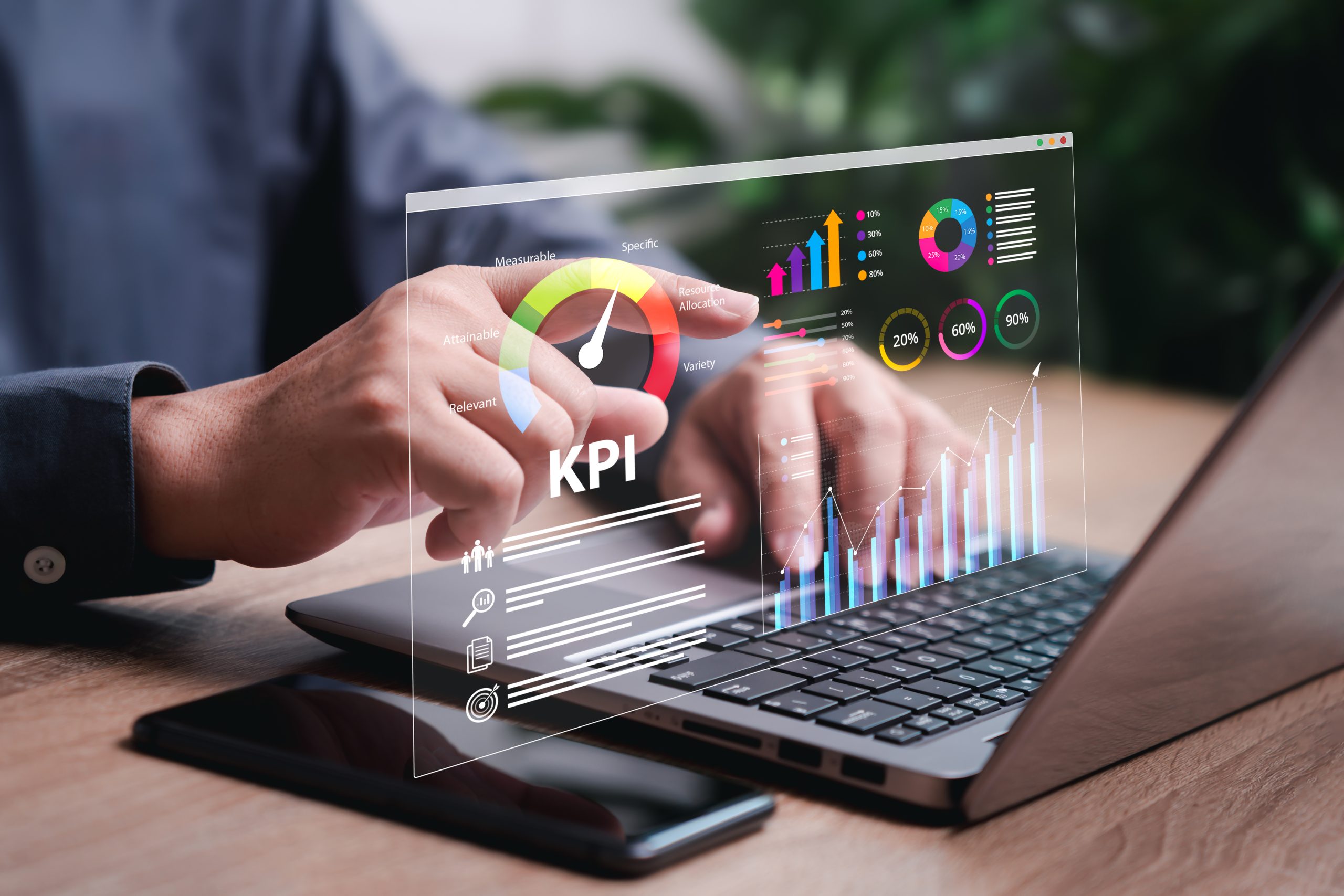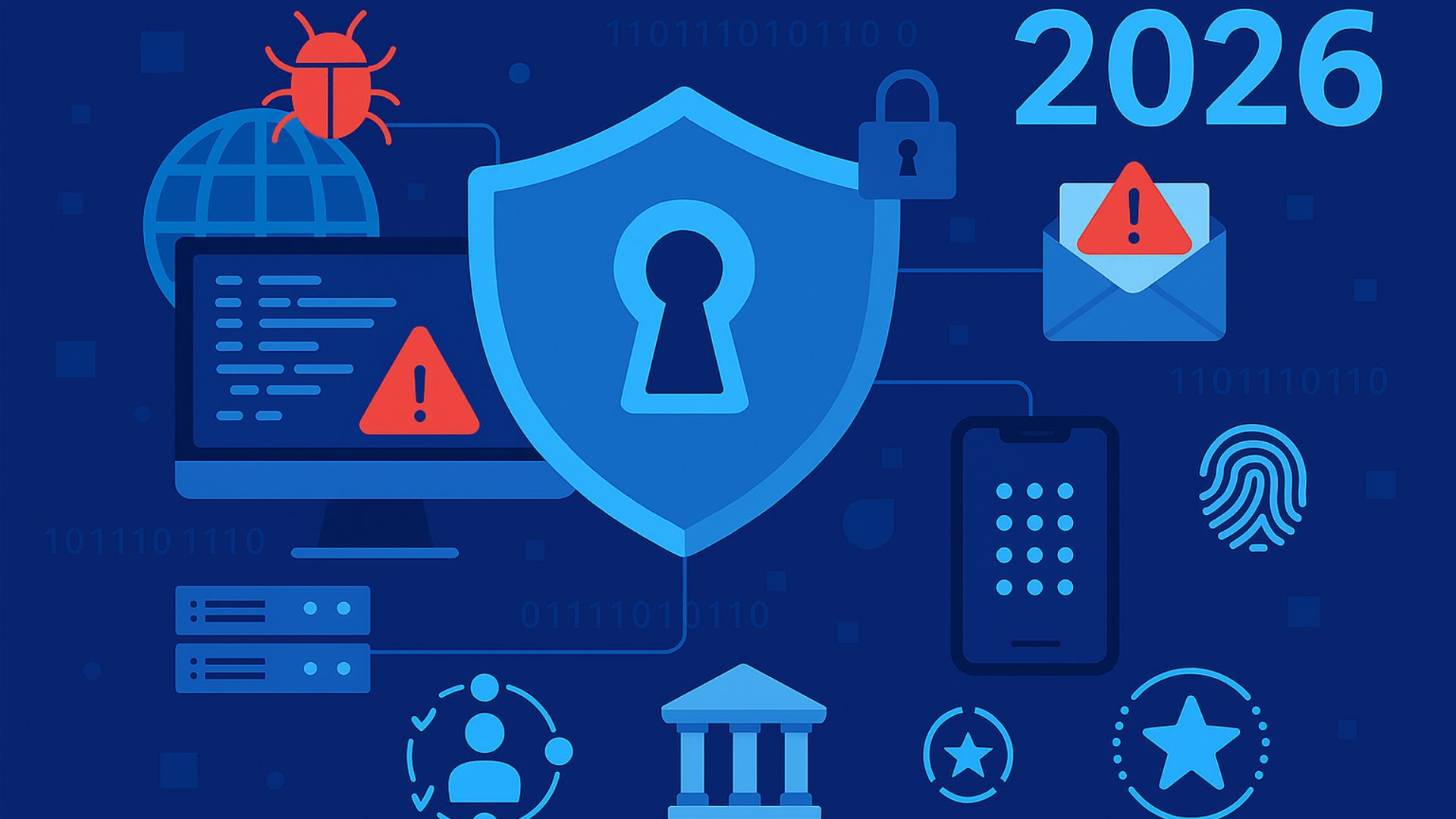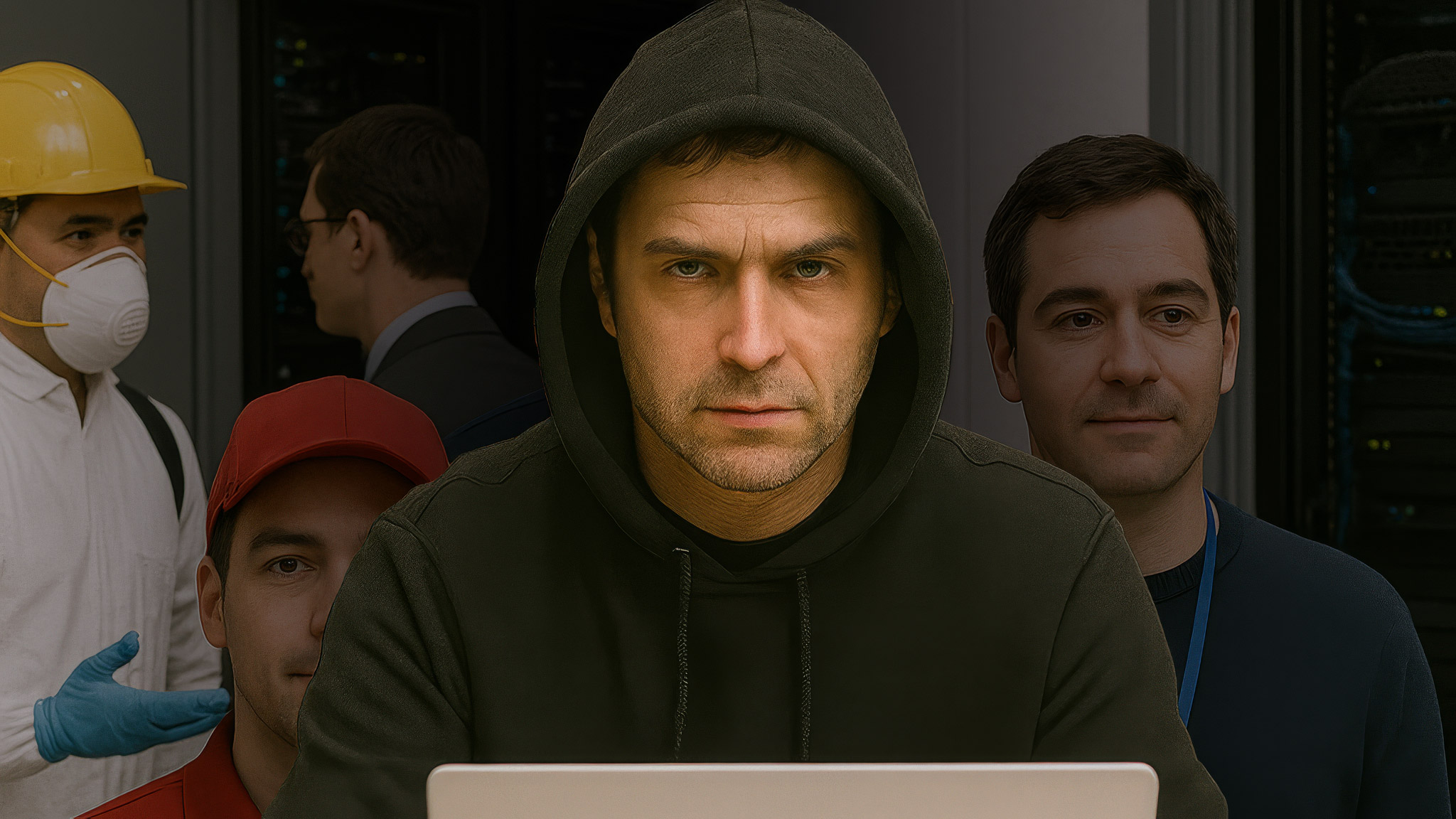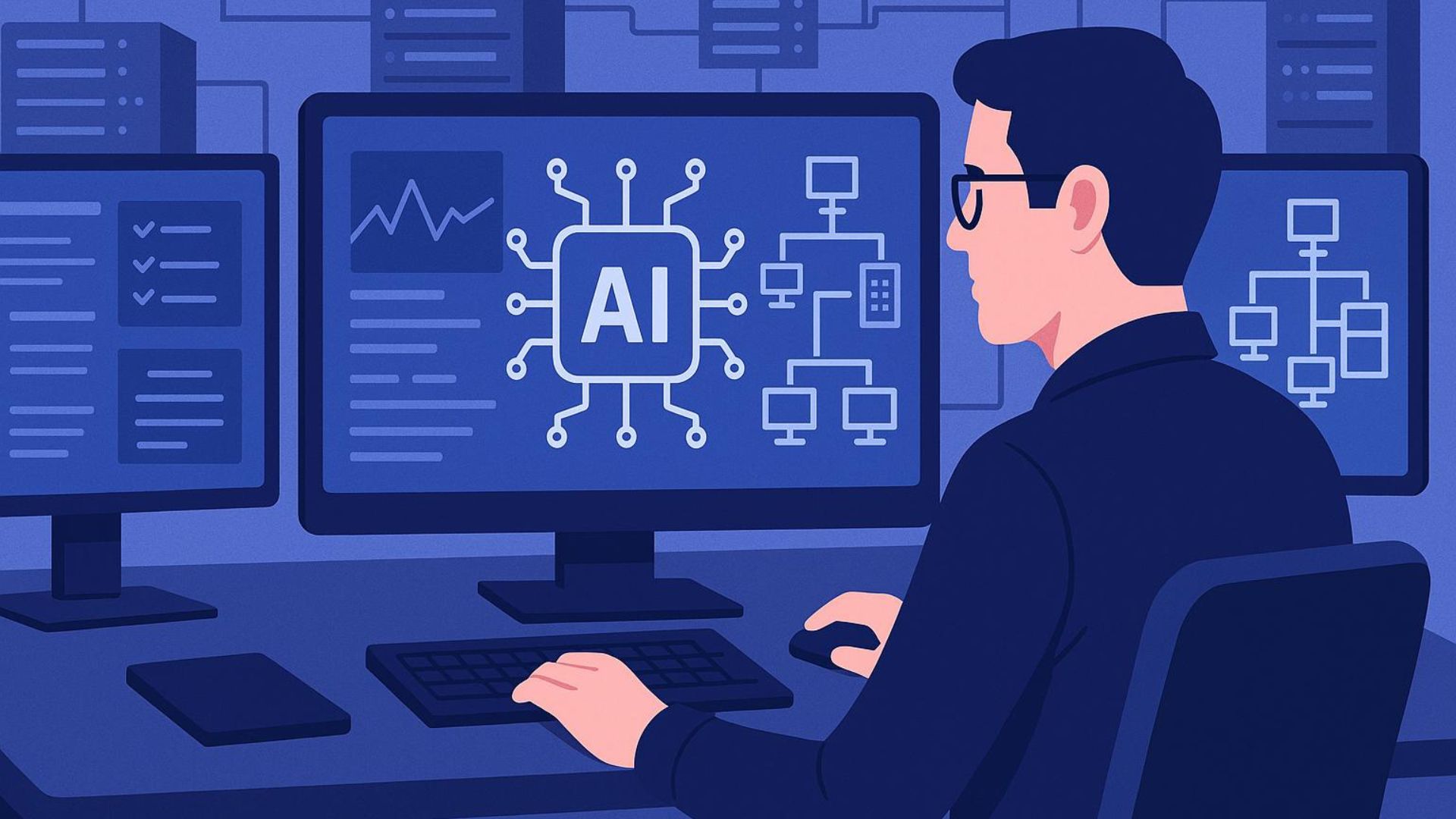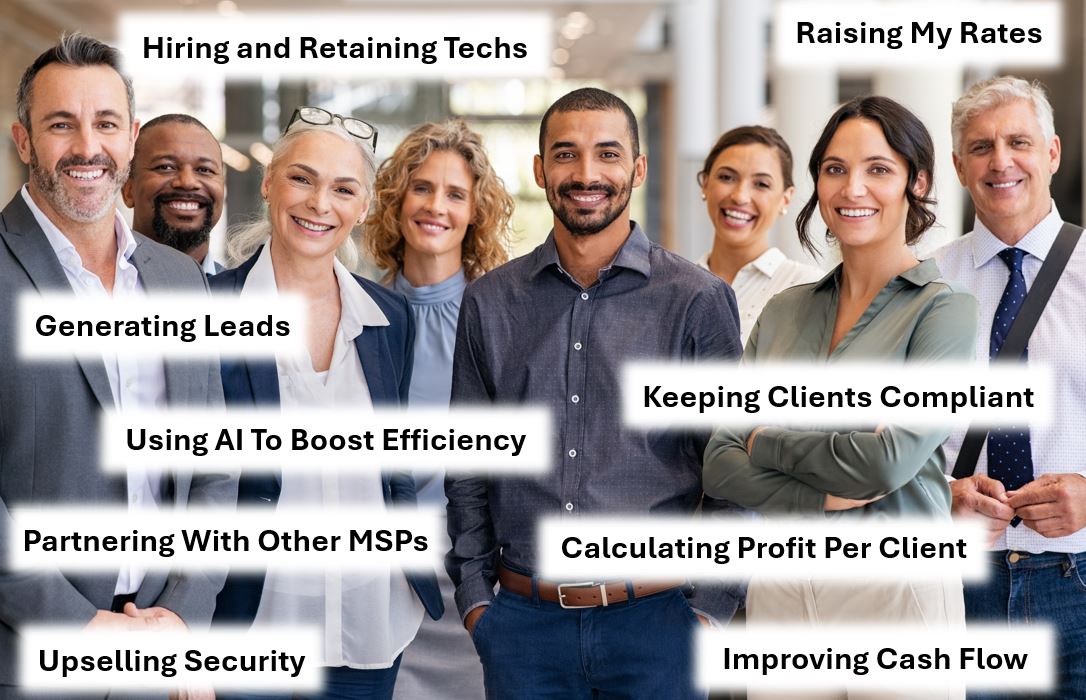How can MSPs resolve that eternal struggle of increasing revenue while customers push back on pricing? The answer: Charge more when offering cybersecurity services for small businesses.
When your clients understand the value of the tools and insights you offer, your monthly recurring revenue (MRR) and their protection profile both grow.
But how do you best explain the value of enhanced security providers? Many customers don’t like to think about breaches, ransomware and the like. To make the case effectively, MSPs’ messaging must resonate with clients’ real-world concerns, advised Mike Estep, chief client officer of Denver-based tech-driven cybersecurity company Blackpoint Cyber.
“Make sure your discussion is relevant to your client and, most importantly, use discussion points that the client understands,” Estep explained. “Share the reality that their business is more at risk from a cyber threat than any other form of threat, including fires, storms, or burglary.”

Mike Estep
Ransomware Abounds
One of the most compelling examples of cyber risk MSPs can use to illustrate value is ransomware.
In fact, ransomware attacks should be among an MSP’s top six security worries. That’s according to Philip de Souza, founder and president of Aurora, a California IT, cybersecurity, and compliance consulting firm.
“Ransomware attacks have become increasingly sophisticated, targeting critical infrastructure, healthcare systems, and large enterprises,” he shared. “They use tactics like ‘double extortion,’ where attackers both encrypt and steal data.”
Estep cautioned MSPs to be wary. Clients and even vendors can open the door to your network, allowing cybercriminals access. “Attacks these days can come from trusted partners that can be suffering their own compromise.”

Philip de Souza
Users are the Weakest Link
While external threats like ransomware dominate headlines, internal risks, especially from users, can be just as damaging. Insider threats have grown with the shift to hybrid and remote work models, de Souza said. Employees can wreak havoc, whether on purpose or through negligence.
Employee training is a cornerstone of effective cybersecurity for de Souza because workers are often duped into clicking on malicious links. “Regular training programs should focus on identifying phishing attempts and teaching employees how to recognize and avoid those phishing scams,” he stressed.
It’s equally important to train employees on how to respond to and report potential security incidents, de Souza added.
Enhanced Security Is Not Optional
When it comes to the importance of enhanced cybersecurity, imagine you’re at a car dealership. The salesperson tells you that seatbelts and airbags only come with the enhanced model. This leaves base-model buyers without essential protection.
MSPs’ clients should consider the same thing when it comes to the value of cybersecurity services, Estep said. “Safety and security should be considered a must.”

Morey Haber
To sell expanded security services, start by enticing clients with a low-cost, entry-level service like dark web monitoring or threat detection, recommended Morey Haber, chief security advisor at Georgia identity management and security firm BeyondTrust.
“Then, upsell more advanced features like managed detection and response (MDR), security information and event management (SIEM), or vulnerability and patch management.”
With these tools, your customers get stronger security, Haber said. In addition, they offer regulatory compliance attestations and executive reporting based on recent threats to demonstrate that the organization is protected.
Use Security as a Market Differentiator
Offering security services is often a strategic advantage. Marketing your security services as superior helps you stand out from competitors, Estep noted.
“Well-run MSPs differentiate themselves because they offer services that truly protect their clients from as many business threats as possible.”
The key task of an MSP leader is to create the perfect combination of services, products, education, process, and workflow to build the ideal solution for clients, Estep said. But to offer real value, an MSP must create processes, workflows, and a maturity level that creates an even higher level of differentiation. “It allows the ability to have longer, and more robust, relationships with the clients,” he said.
The evolving nature of cyber threats means there’s always a new service to offer, concluded Haber.
“This allows MSPs and MSSPs [managed security service providers] to grow their revenue while keeping businesses that rely on them up to date on protection.”
3 Must-dos to Turn Protection into Profit
Struggling with raising your prices for security services? Here are three key best practices recommended by Philip de Souza for MSPs:
- Implement multi-factor authentication (MFA) to add an extra layer of security, significantly reducing the risk of unauthorized access even if credentials are compromised.
- Regularly update and patch systems, a crucial step for closing security vulnerabilities that cybercriminals often exploit.
- Incorporate a well-informed workspace. This is one of the best defenses against cyberattacks.
Featured image: iStock





